641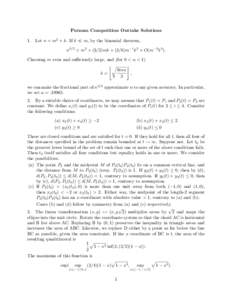 | Add to Reading ListSource URL: mlarsen.math.indiana.eduLanguage: English - Date: 2003-01-18 22:29:02
|
|---|
642 | Add to Reading ListSource URL: icarus.math.mcmaster.caLanguage: English - Date: 2006-07-28 11:17:45
|
|---|
643![IMA Fungus · volume 5 · no 1: 79–80 doi:[removed]imafungus[removed]Hans-Otto Baral1, Valentin Queloz2, and Tsuyoshi Hosoya3 IMA Fungus · volume 5 · no 1: 79–80 doi:[removed]imafungus[removed]Hans-Otto Baral1, Valentin Queloz2, and Tsuyoshi Hosoya3](https://www.pdfsearch.io/img/708c9082e41aaba96ee9ed65a8e81439.jpg) | Add to Reading ListSource URL: www.imafungus.orgLanguage: English - Date: 2014-06-04 10:18:09
|
|---|
644 | Add to Reading ListSource URL: www.uv.esLanguage: Spanish - Date: 2012-10-30 13:53:03
|
|---|
645 | Add to Reading ListSource URL: www.linnean.orgLanguage: English - Date: 2014-06-18 22:44:29
|
|---|
646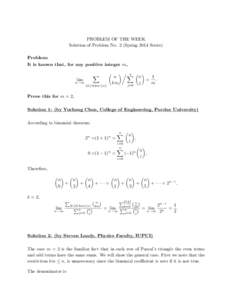 | Add to Reading ListSource URL: www.math.purdue.eduLanguage: English - Date: 2014-02-11 13:26:55
|
|---|
647 | Add to Reading ListSource URL: math.nju.edu.cnLanguage: English - Date: 2014-06-05 01:00:41
|
|---|
648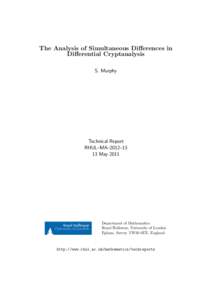 | Add to Reading ListSource URL: www.ma.rhul.ac.ukLanguage: English - Date: 2012-06-20 09:33:27
|
|---|
649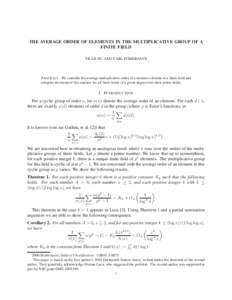 | Add to Reading ListSource URL: www.math.dartmouth.eduLanguage: English - Date: 2012-01-12 11:42:57
|
|---|
650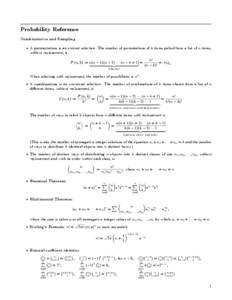 | Add to Reading ListSource URL: uhaweb.hartford.eduLanguage: English - Date: 2014-02-20 15:32:39
|
|---|